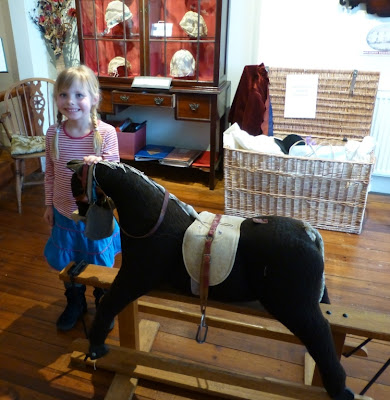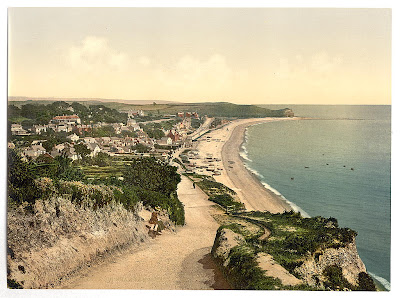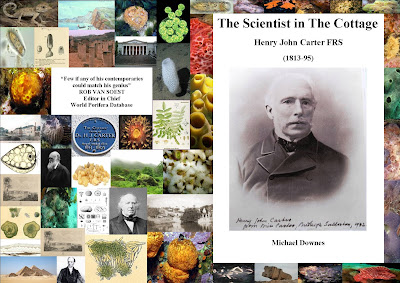Just add water? Not so simple!

Above: 'High Seas' by Budleigh Salterton artist Susanna Lance Fairlynch’s exhibition of paintings inspired by the sea and coastal scenery have been much admired by visitors to the museum. The display by Budleigh Salterton’s Venture Art Group members was deliberately based on a common theme to complement the Museum’s 2013 show entitled ‘Sea, Salt and Sponges.’ Inevitably the subject was found to have some difficult aspects. Whether painting a river, a lake, a stream or the sea most artists find that water presents one of the most challenging aspects of a landscape for them to master. 'Spume and Sails' Budleigh artist and gallery owner Susanna Lance would wholeheartedly agree. Seascapes have been her speciality for the last 20 years and she continues to find both frustration and enjoyment in depicting subjects such as waves and ripples or the simple reflections of boats in still waters as in the study shown below.








